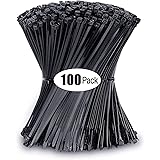Floors over Unconditioned Spaces
Floors over Unconditioned Spaces Floors over unheated crawl spaces or over garages must be insulated. It is common to fill the space between the floor sheathing and a gypsum board ceiling under the floor with insulation. Where there is no finished ceiling on the underside of the floor, the insulation must be supported (to prevent […]
Read more →





